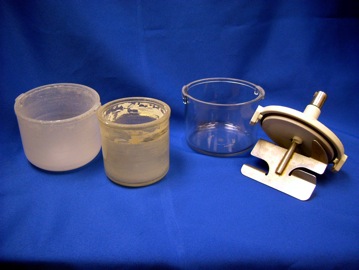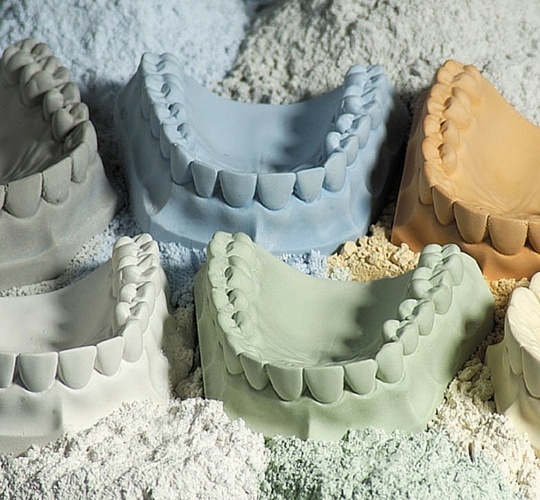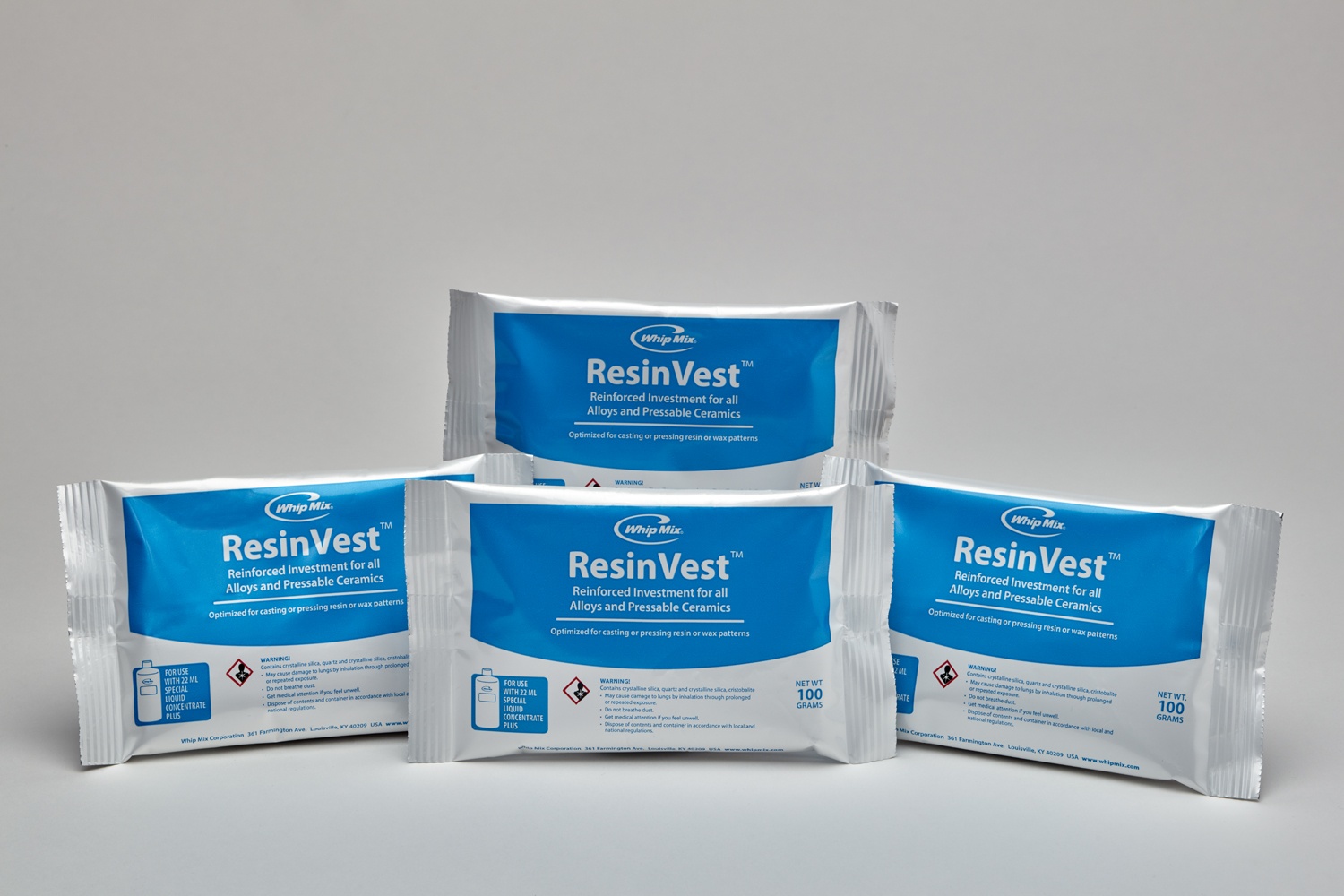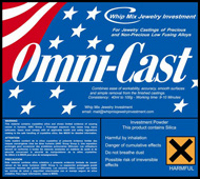The “controlled environment” in which investment materials are developed and manufactured at Whip Mix, is not the normal environment that is found in most dental laboratories. Factors that affect the “season-to-season”, “day-to-day” and “morning to afternoon” inconsistencies are only controlled by the environment within your laboratory and your handling processes. The more closely controlled your individual lab environment is, the more accurate and consistent the materials will be.
The casting or pressing size is dictated by a combination of events that take place in the investment process: setting expansion, thermal expansion and pattern expansion. Pattern expansion is the expansion that occurs as the wax pattern is heated during the initial stage of the investment reaction before the investment has fully set. If the investment sets before sufficient heating occurs, the casting or pressing will have a tight fit. In turn, if the pattern heats too much before the investment sets then the casting or pressing can be too loose, distorted or have a rough surface. Laboratory environment factors that affect casting or pressing size include, air temperature and humidity, the temperature of the liquid and powder, mixing speed and time, type of mixing equipment used and the condition of the mixing equipment.
Temperature of Investment Powder and Liquid
Internal studies at Whip Mix on the effects of mix temperature on the casting size of phosphate investments have been conducted in recent years. The results, shown below, illustrate how the initial temperature of the liquid and powder, indicated by mix temperature, can affect casting size. The data is the average taken from Non-Precious, ringless castings using 11 different samples of various investments and shows a 6-fold increase in expansion due to mix temperature over a range of 23°F (+/-5.0°C).

Temperature fluctuations within the laboratory from morning to afternoon, day-to-day and season-to-season can result in ever changing results in your casting fit. To compensate for these changes you may resort to continual adjustments of liquid ratios, warming or cooling liquid, mixing bowls etc. This indicates lack of temperature control within the storage and investing areas in the laboratory. Storing investment, liquid, distilled water & even mixing bowls in a temperature-controlled area can improve performance by reducing temperature variability & helps in producing more predictable casting results.
Mixing Equipment – Speed and Paddle Design
Variations in mixing equipment can add or subtract energy to the investment mix. Mixing time, mixing speed and the temperature of the equipment can slow or accelerate the reaction. Reducing the energy in the investment system can result in delayed setting time, or slow reaction, which will reduce the maximum temperature of the chemical reaction and greatly reduce the setting expansion. It can affect size and surface quality as well. Conversely, increasing the energy put into the system can increase the reaction, causing faster set, higher setting expansion and depending upon the chemistry of the investment, larger casting or pressing size.
The table below shows the effects mixing equipment and mixing conditions can have on casting size. The table contains data taken from four different models of mixers from various manufacturers. The casting data was obtained from at least four samples made from the same lot of rapid burnout investments used under the specified conditions. The overall casting data shows the mixer can have a significant effect on casting or pressing size. As shown in the table, size tends to decrease under the same mixing conditions when a premix vacuum is used (Col.1 vs. 3; 2 vs. 4). In addition, increasing mix time from 60” to 120” seconds had only a slight effect on size when no premix vacuum was used (avg. Col.1 vs. 2). However, the difference increases using a premix vacuum (avg. col. 3 vs. 4). Finally, the greatest difference in size occurs between mixing 60” seconds without a vacuum and mixing 120” seconds with a 20” second premix vacuum. This is not to suggest that one mixing unit is superior to the others, it merely offers the information that proves inconsistent mixing techniques and standards interfere with repeatable casting or pressing results.

Condition of Mixing Equipment
Our internal tests (based on 200gm mix, average 200 mix cycles within 20 working days) have show that worn mixing bowls can produce erratic heat rise in the investment. This erratic heat rise of the investment can produce irregular casting or pressing results within the same investment mold (generally a lack of or diminished expansion). Based on production volume within your laboratory, mixing bowls should be replaced in the investment department anywhere from monthly to every 3 months to yearly. Use a permanent marker to document the date on bowl when put into production or date in which bowl needs to be replaced.

To achieve optimal performance you should always start by following all of the manufacturer’s instructions. If the desired results are not achieved; evaluate conditions, techniques and equipment within the laboratory. If you continue to have problems please call our Certified Dental Technicians in Technical Support. Hopefully, through this article we have shared a little knowledge of phosphate investment chemistry and shed some light on the factors that affect their results. Utilizing this information will enable you to regain control over the casting or pressing process and maintain consistency within your laboratory.











Leave a comment